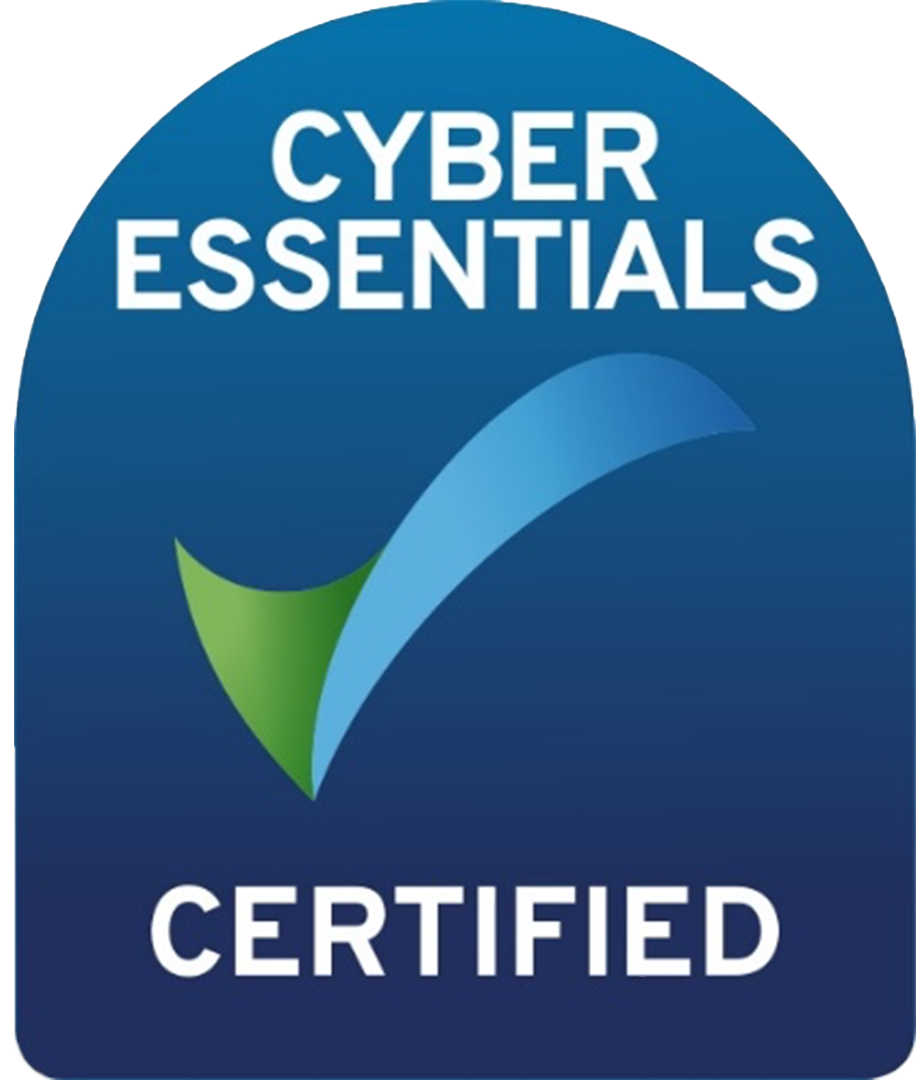How to explain a gap in your resume
Jessica Hickey • June 30, 2021
Explaining a gap in your resume can be tricky. Especially when there is often a personal reason for the gap. When talking to your potential employer or recruitment consultant, here are some tips and tricks for explaining the gap in your resume.
1. Be Transparent.
Honesty is always the best policy. Has your position been made redundant? No worries. Went on an extended holiday? Good for you. Needed to relocate? Welcome to the area!
No matter what the reason, being transparent is always the best policy in these situations. If the reason for the gap isn’t what you consider to be a positive one, then explain that too. However, always find a silver lining or learning experience and communicate that to your potential employer and recruitment consultant.
“The role wasn’t what I had initially hoped for, so my manager and I made the decision that it was best to step away from the role, but what I discovered from the experience was…”
2. What did you learn?
During the time you were not in work, what did you learn from that experience. You don’t have to have taken up crochet or completed an IT coding course, but what were your key takeaways through that time. The impacts of COVID-19 saw many working people out of employment for the first time in their working lives. By providing a potential employer with insight into how you handled this tough situation, gives them an insight into how you might handle a situation within a work related setting.
“Although being unemployed was challenging, I made the most of my time by upskilling and properly defining my career goals and trajectory.”
“During this time, I was able to develop my resilience, moving to a new state has it’s challenges, but I applied myself by joining the local netball team.”
3. Keep it short and sweet.
If it is an experience you would rather not detail, simply state the facts and move on. There is no need dive into a whole lot of detail. Providing a potential employer with clear insight into the gap is important, so they have a high level of understanding about your work history to date. Moving past the gap and into what you did next or what is most important to you and your job search is a great way to change the narrative.
“Unfortunately, a close family member passed away in that time, I was fortunate enough to be able to step away from work to grieve and support the change in my family dynamic, I then secured a role at XYZ COMPANY”
4. Provide a reference.
Is there a previous manager who will be able to vouch for your reasons for leaving that particular employment situation? Employers will often ask a referee for a job applicant’s reasons for leaving, so if you are able to provide a referee who can confirm this on your behalf, then it is a great way to corroborate your work history. They will also get to tell your future employer how great you are!
Providing employers with the reasons behind a gap in your employment shouldn’t be a daunting task, as long as you act with integrity, transparency and honesty. It can be a great way to find common ground with your employer and highlight your values and skillsets outside the work environment.
Find the job you love I Find the right talent
Get in touch with people2people
Australia
I United Kingdom
In business since 2002 in Australia, NZ, and the United Kingdom, people2people is an award-winning recruitment agency with people at our heart. With over 12 offices, we specialise in accounting and finance, business support, education, executive, government, HR, legal, marketing and digital, property, sales, supply chain, and technology sectors. As the proud recipients of the 2024 Outstanding Large Agency and Excellence in Candidate Care Awards, we are dedicated to helping businesses achieve success through a people-first approach.
Recent articles









